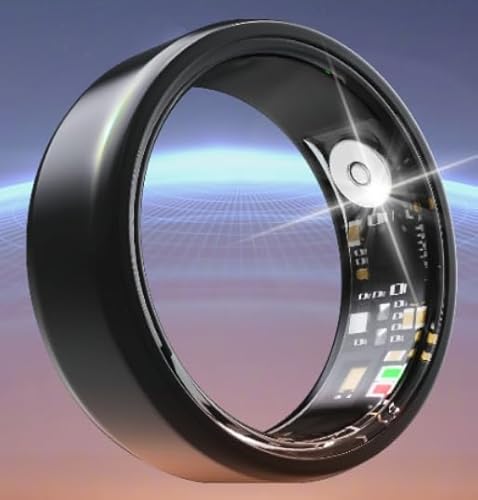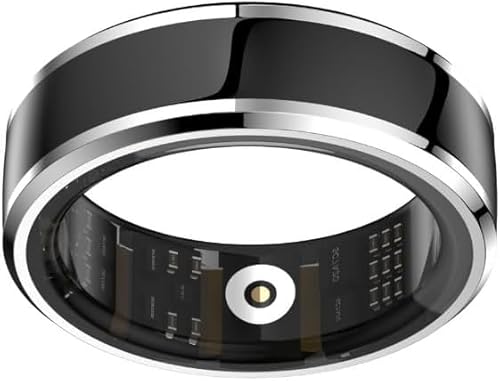What is Bicuspid Aortic Valve Disease (BAVD)?
Overview
Bicuspid aortic valve disease is more than a bicuspid aortic valve.
This condition gets its name from the bicuspid aortic valve, which is the most common congenital abnormality of the heart. The bicuspid aortic valve is an important marker of this disease and might be what is first noticed. However, more than the aortic valve is involved. To indicate this, sometimes the term bicuspid aortic disease is used.
Current clinical and scientific studies are revealing that bicuspid aortic valve disease is not a simple valve condition. It increasingly appears to be a genetically based connective tissue disorder. An inclusive definition, listing the major areas of the body possibly affected, is needed. Not everything is understood today, but enough is known to identify several major characteristics of this condition.
BAVD includes the following:
? Bicuspid aortic valve
? Thoracic aortic dilation, aneurysm, or dissection
? Labile hypertension (high blood pressure which changes quickly with stress or exercise)
It may also include:
? Mitral valve leakage
? Coarctation of the aorta
? Kidney or liver cysts
? Near-sighted vision
? Musculoskeletal degenerative changes (scoliosis, degenerative spinal discs, flexible joints, flat feet, etc.)
? Aneurysm of smaller arteries, including head vessels (berry aneurysms)
Not everyone has all of the listed characteristics. However, those diagnosed with a bicuspid aortic valve, who may have wondered why they also have high blood pressure, a leaking mitral valve, or poor eye sight, will recognize themselves in the definition above.
BAVD does not simply mean that some day, when you are older, you may need aortic valve surgery.
In many people, BAVD is not just an abnormally shaped aortic valve that may some day, when they are older, need to be repaired or replaced. A broader description is needed to include those who:
? require aortic valve treatment in infancy, childhood, or as young adults.
? develop an aortic aneurysm.
? develop an aortic aneurysm after their bicuspid aortic valves have been replaced.
? experience dissection of their ascending aorta.
? have mitral valve failure.
The challenge for those who have BAVD is to understand what it means to them individually.
BAVD is different in different people, but there are some patterns.
Bicuspid aortic valve disease is not a uniform condition. It is different in different people. Among those with bicuspid aortic valve disease there are some sub-groups that are beginning to emerge.
? One group includes those who are younger, (in their 20's or 30's), and have aortic valve insufficiency (leakage) and an ascending aortic aneurysm. It appears that this group has more fragile tissue in the heart valves, aorta, and possibly other arteries.
? Another group are those, ranging in age from about 40 to 60, who develop aortic valve calcification and stenosis (narrowing).
? Many develop consistently high blood pressure or high blood pressure that rises and falls quickly (labile hypertension), while a very few have normal blood pressure.
? When more studies and research are done, it should be possible to sort out all of the variations of bicuspid aortic disease.
Not everything is understood, but the most dangerous side of BAVD is known.
While not everything is understood about bicuspid aortic disease, the most dangerous aspects of it are known. This disease presents the greatest threat to life due to abnormalities that are seen in the heart valves and the aorta.
? As with any heart valve condition, it is important to obtain expert medical care for a bicuspid aortic valve. However, focusing on the aortic valve alone is not enough.
? Ignoring other potential affects of this disease can be dangerous. Aortic aneurysm and dissection are serious, life-threatening conditions.
? It is not safe to think that if the bicuspid aortic valve has been removed, repaired, or continues to work well that everything is all right, because there is still a risk of aortic aneurysm and/or dissection






















